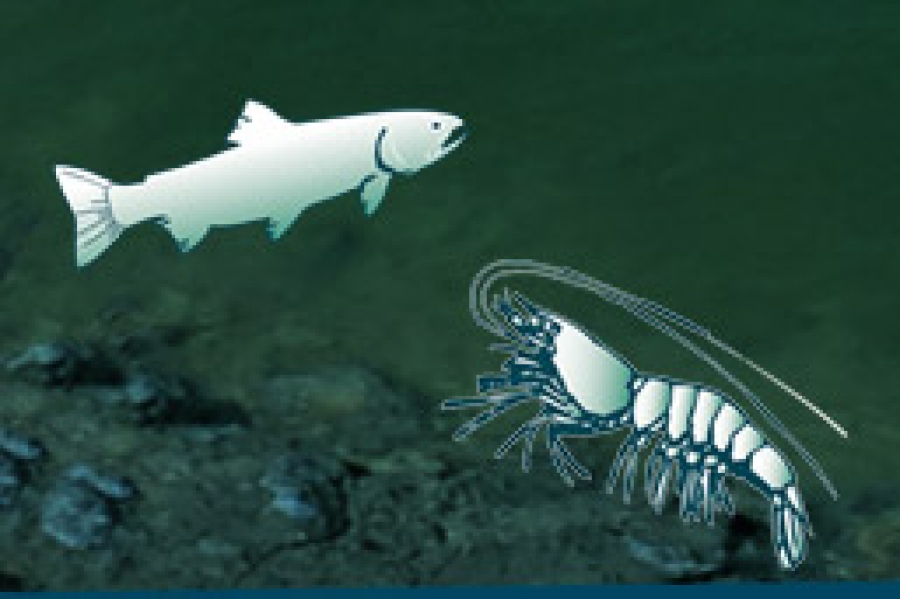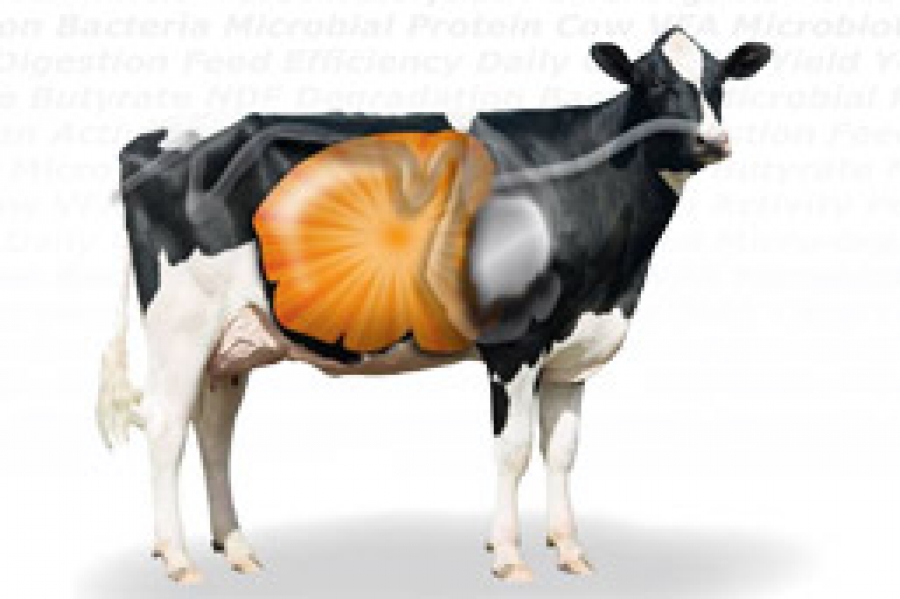For the control group it was 41 g/day but individual rates of gain ranged from 67 to 0 g/day, depending on the severity of signs of perennial ryegrass toxicosis (r = 0.82, P < 0.001). Liveweight gain was independent of neurotoxic signs in the Mycofix® Plus treated group. Ergovaline concentration in perennial ryegrass varied from 0.43 to a peak in early autumn (March) of 1.05 mg/kg. Mean urine lysergol alkaloid concentration peaked in mid-summer (January) at 109 ng/mg creatinine (control group) and was consistently lower in the Mycofix® Plus group, although the difference approached significance (P = 0.06) only in March. Lolitrem B concentration in perennial ryegrass varied from 0.78 to 1.57 mg/kg. Neurotoxic signs in alpacas were observed throughout the study and peaked in early autumn, coinciding with peak lolitrem B concentration; at this time, 84% of alpacas exhibited neurotoxic signs. Over the 145-day study, the Mycofix® Plus treated group exhibited a lower mean rating of perennial ryegrass toxicosis signs (P < 0.05). Variation in liveweight gain and signs of toxicosis were not associated with significant differences in liver enzyme activity.
کد مقاله : MPR-005
پس یادداشت کد مقاله بر روی دکمه زیر کلیک نمایید








